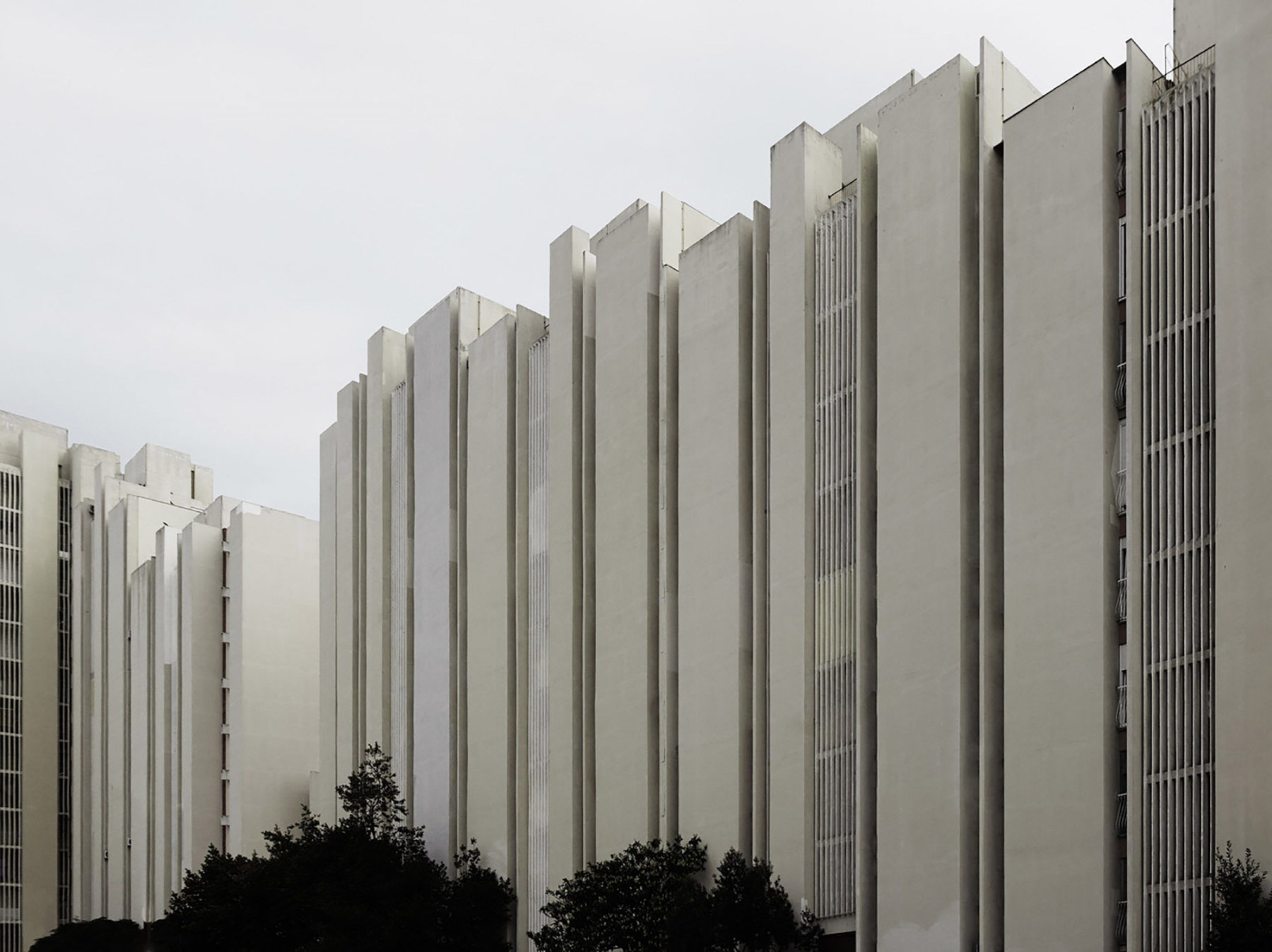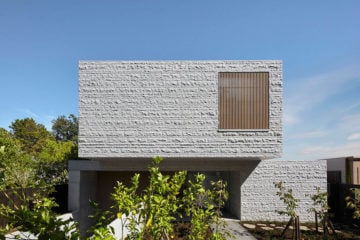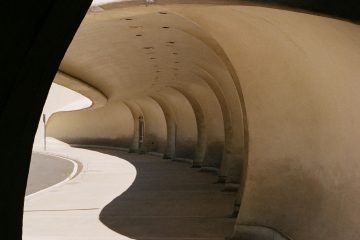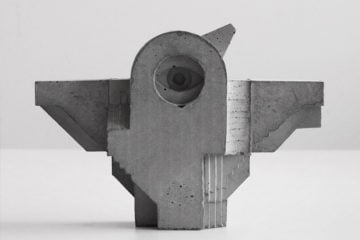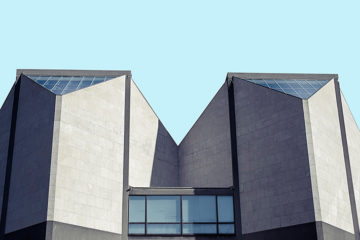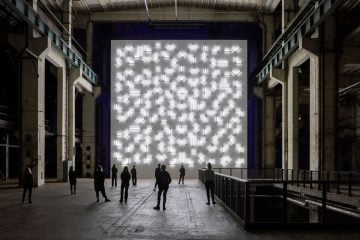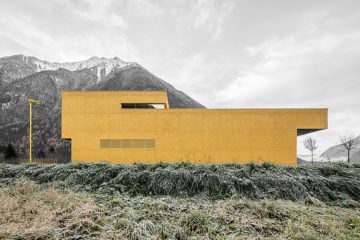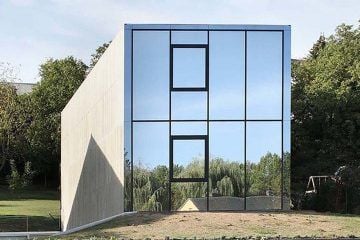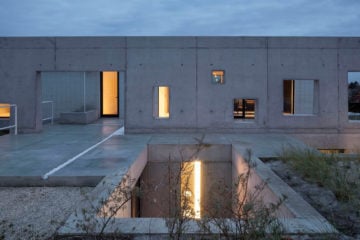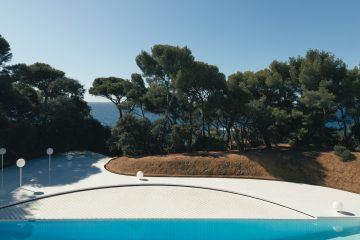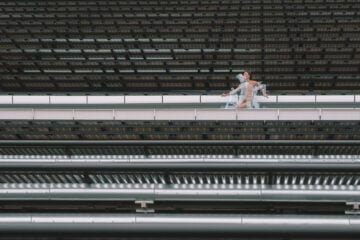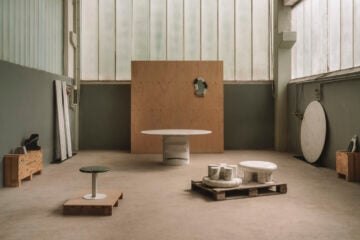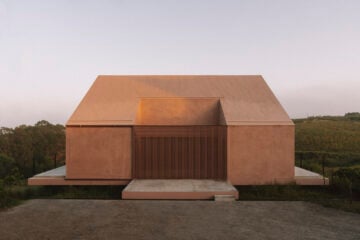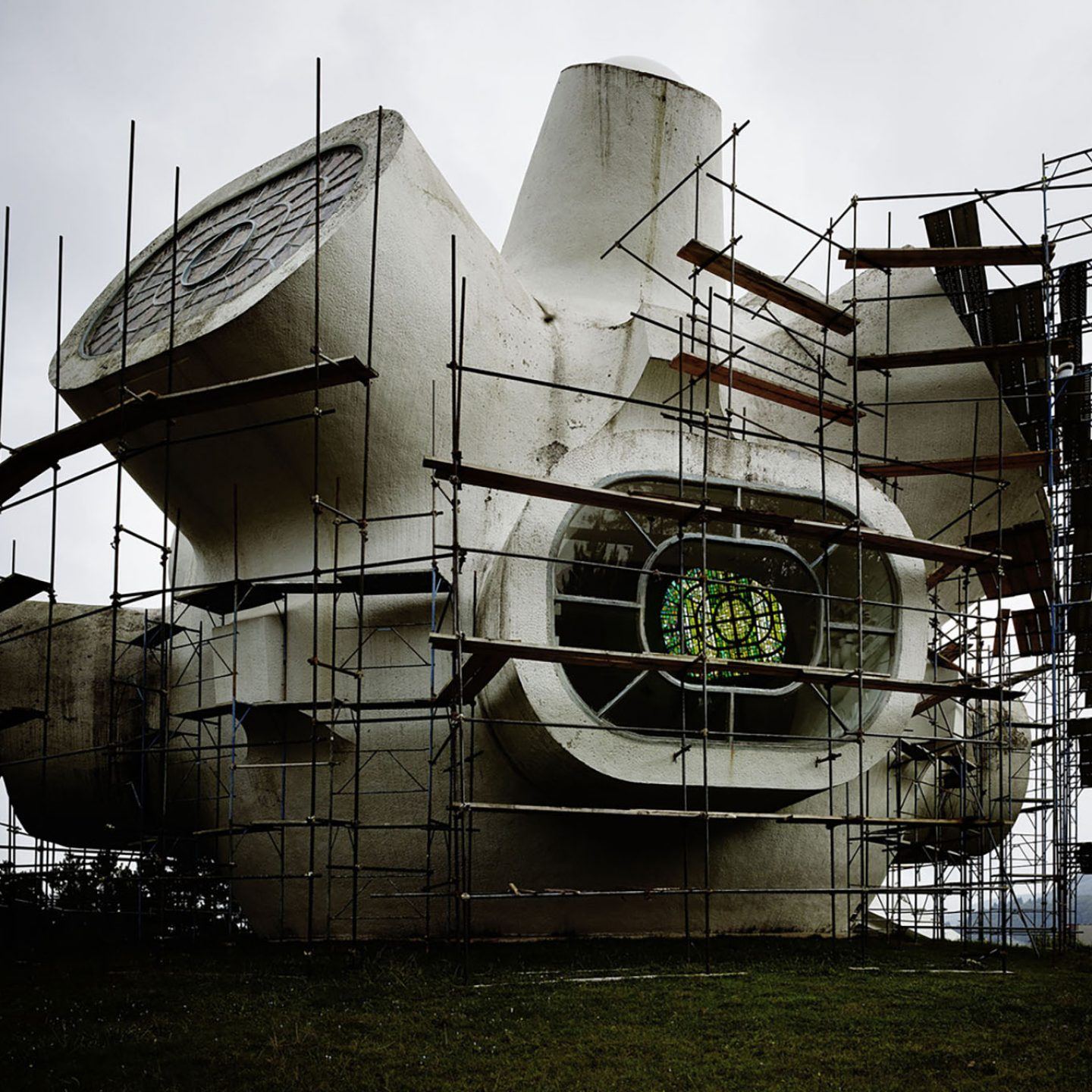
The Concrete Monoliths Of Yugoslavia Explored In MoMA’s Latest Exhibition
- Name
- MoMA
- Project
- Toward a Concrete Utopia: Architecture in Yugoslavia, 1948-1980
- Images
- MoMA
- Words
- Rosie Flanagan
In the first exhibition of its kind in America, ‘Toward a Concrete Utopia: Architecture in Yugoslavia, 1948-1980’ explores the push and pull of capitalist West and socialist East through the prism of architecture in the former republic.
Situated between the two, the former republic developed uniquely architecturally—drawing from the two opposing influences to create a post-war design approach that was at once in accord with, and in opposition to, those of wider Europe. The concrete monoliths that populate the landscape of former Yugoslavia are the subject of MoMA’s exhibition, which honors the distinctive architecture and city planning of the former socialist country. ‘Toward a Concrete Utopia’ is an exploration of not only architecture, but urbanization, technology and their impact upon daily life in Yugoslavia. With over 400 pieces on display—from drawings to model buildings, photographs and documentary film footage—the exhibition is set to illustrate the way in which the former republic’s architecture was a manifestation of the radical politics of the time.
‘Toward a Concrete Utopia: Architecture in Yugoslavia, 1948-1980’ is on show at MoMA from July 15, 2018-January 13, 2019.
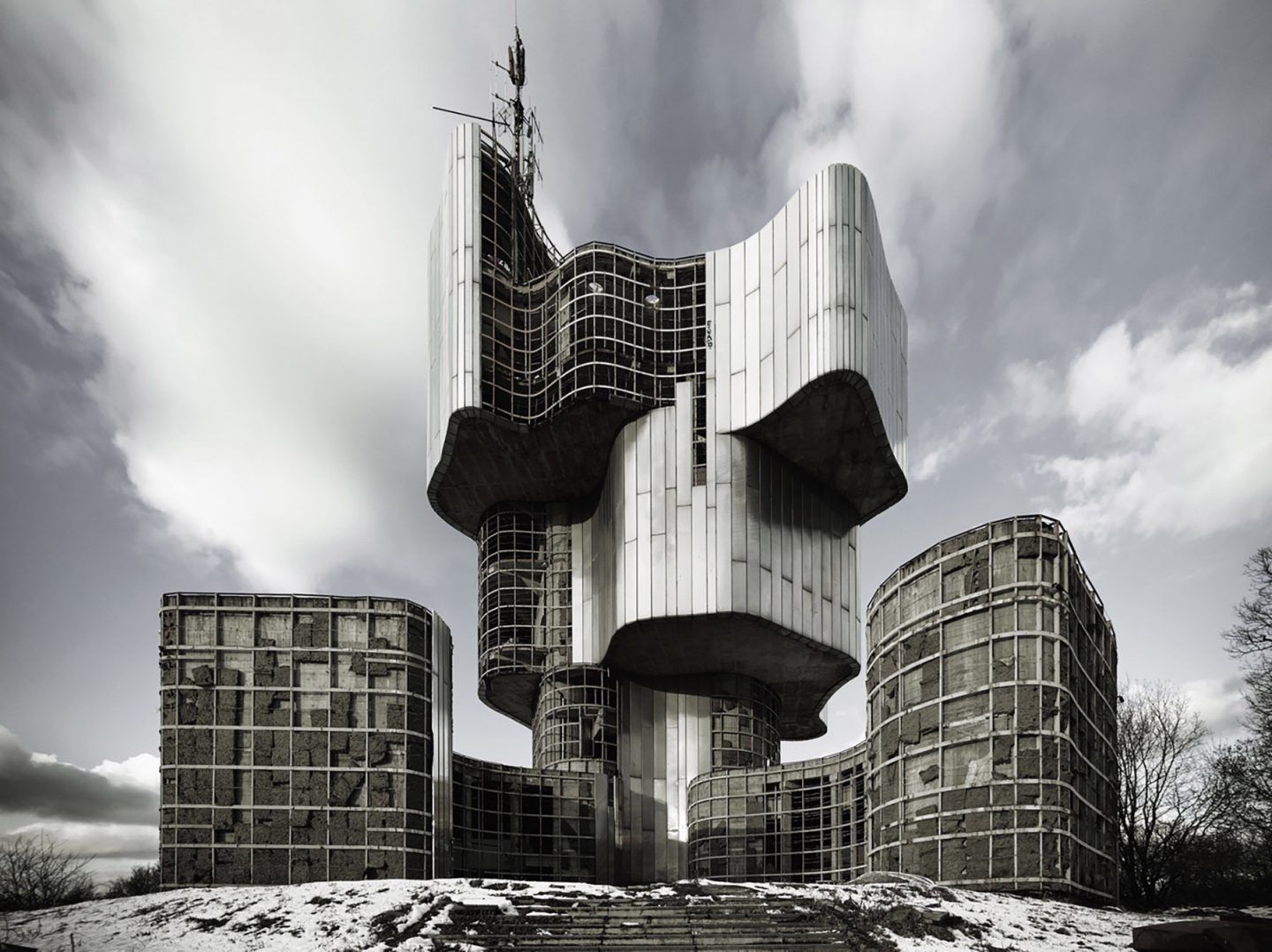
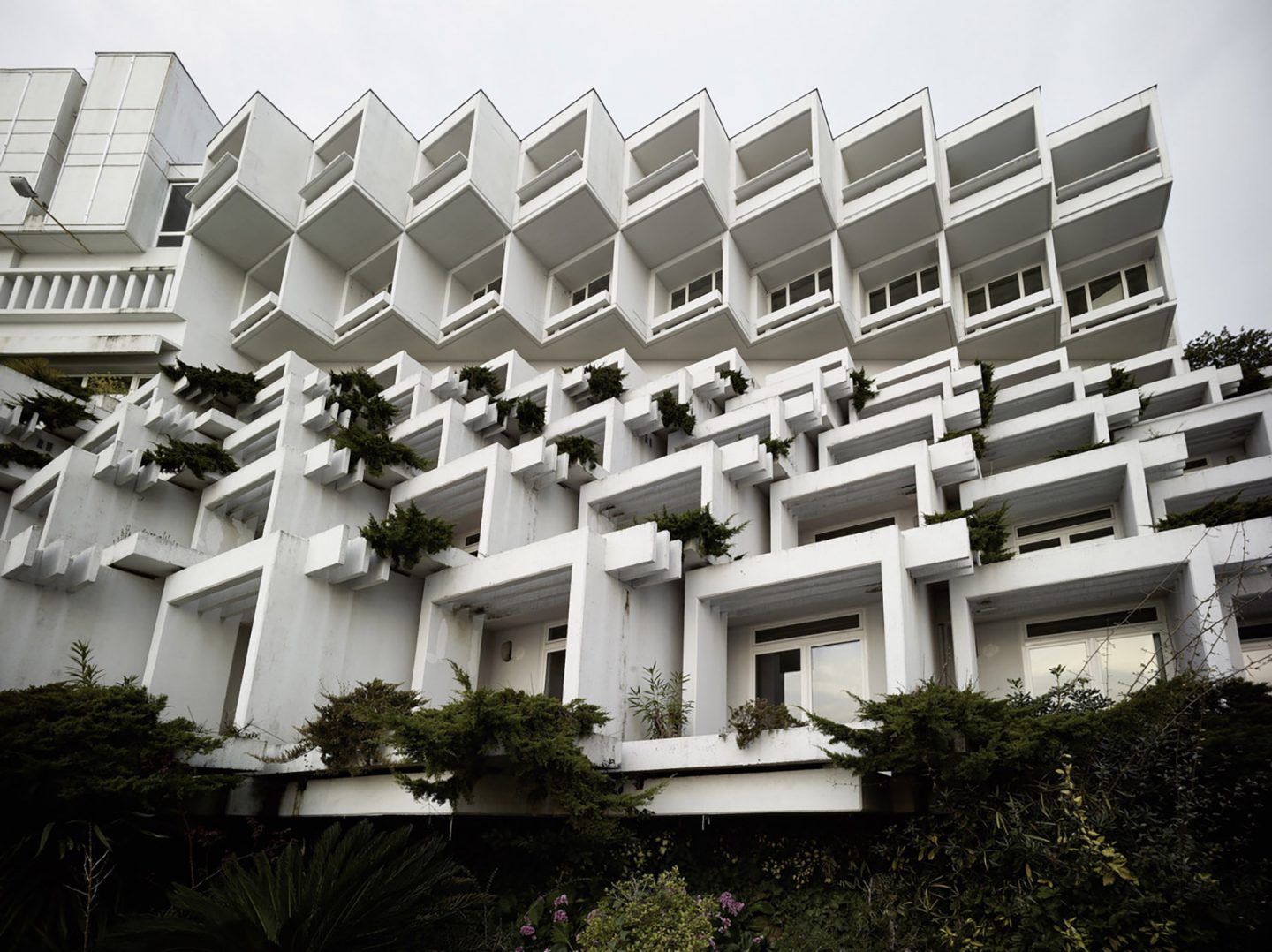
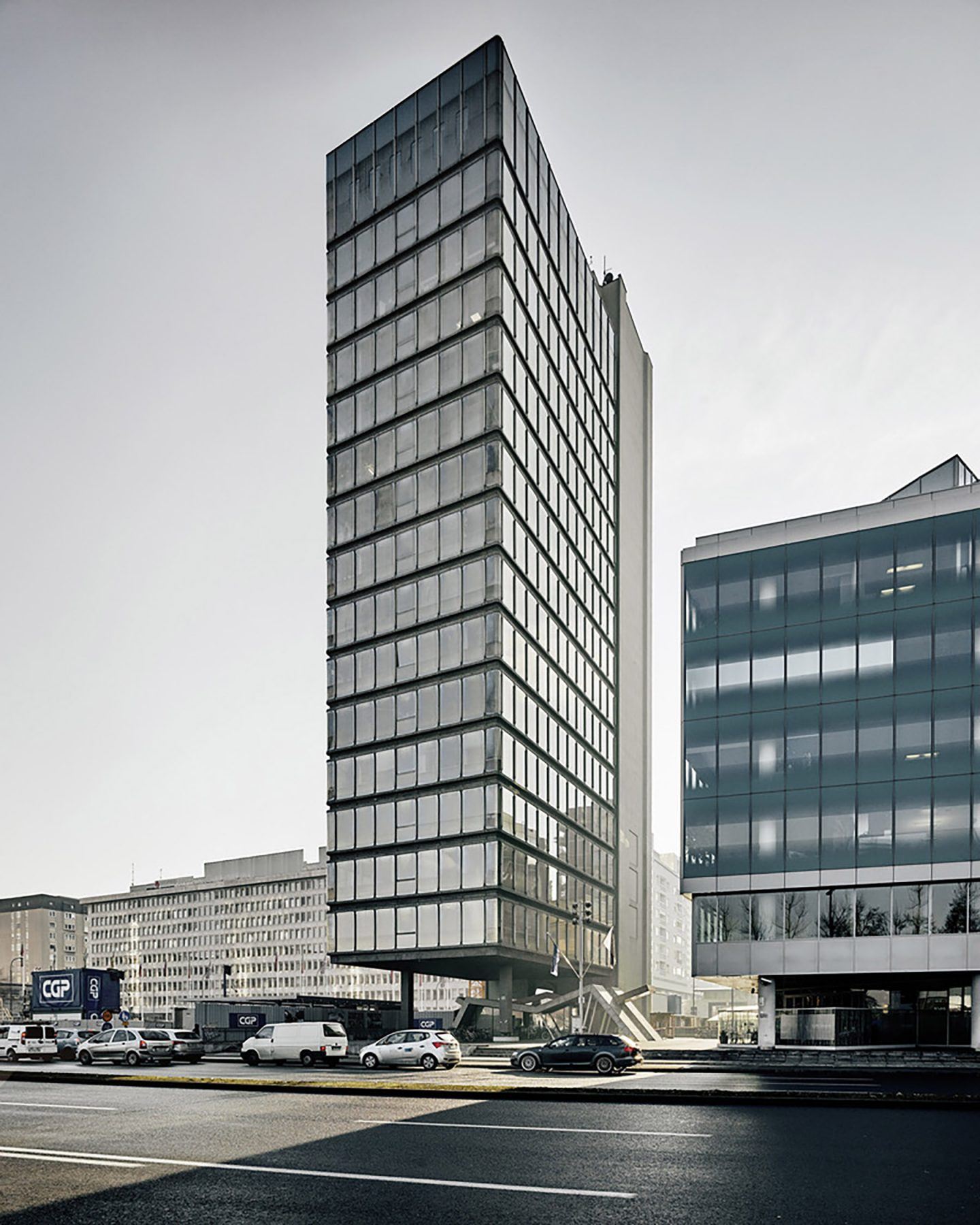
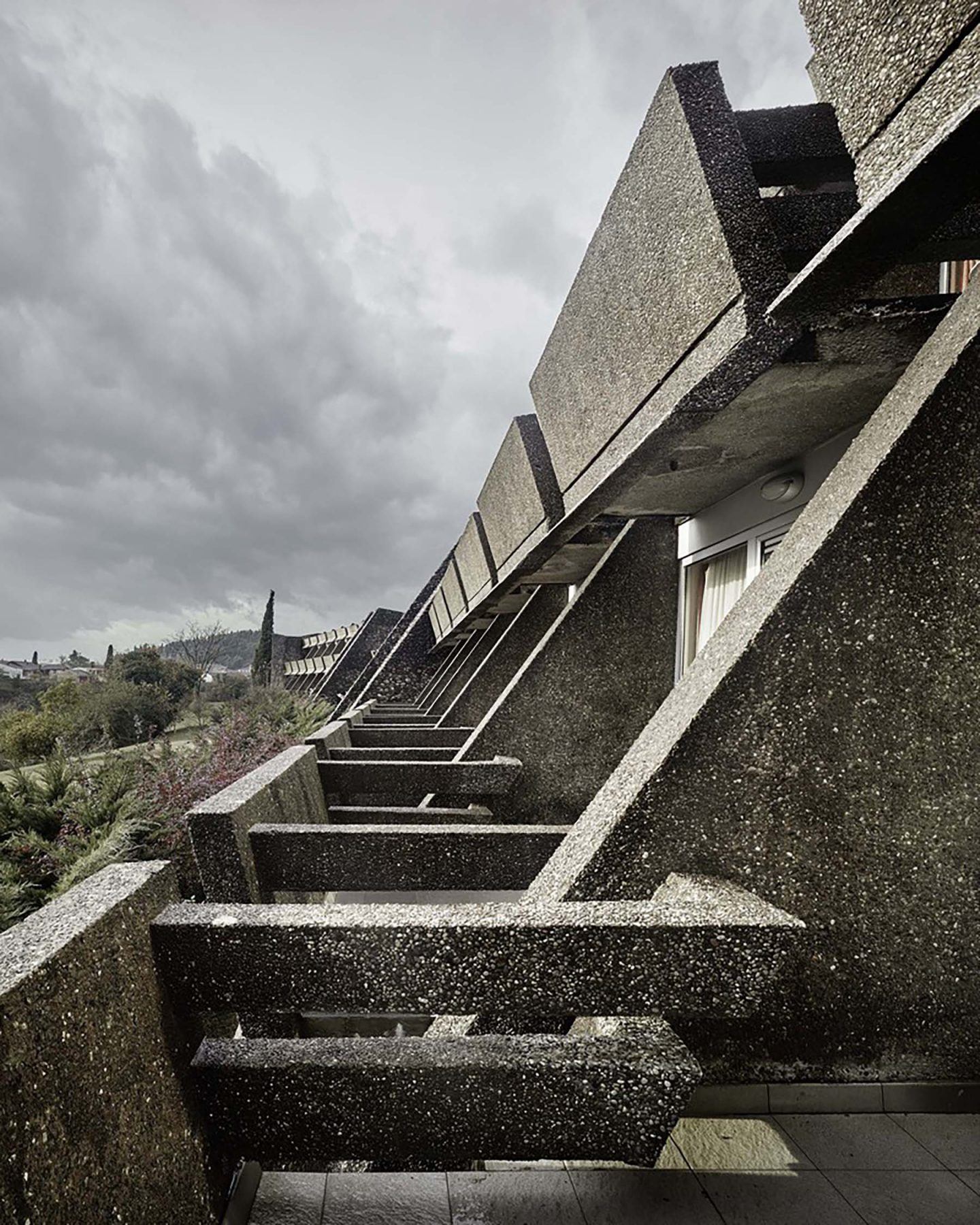
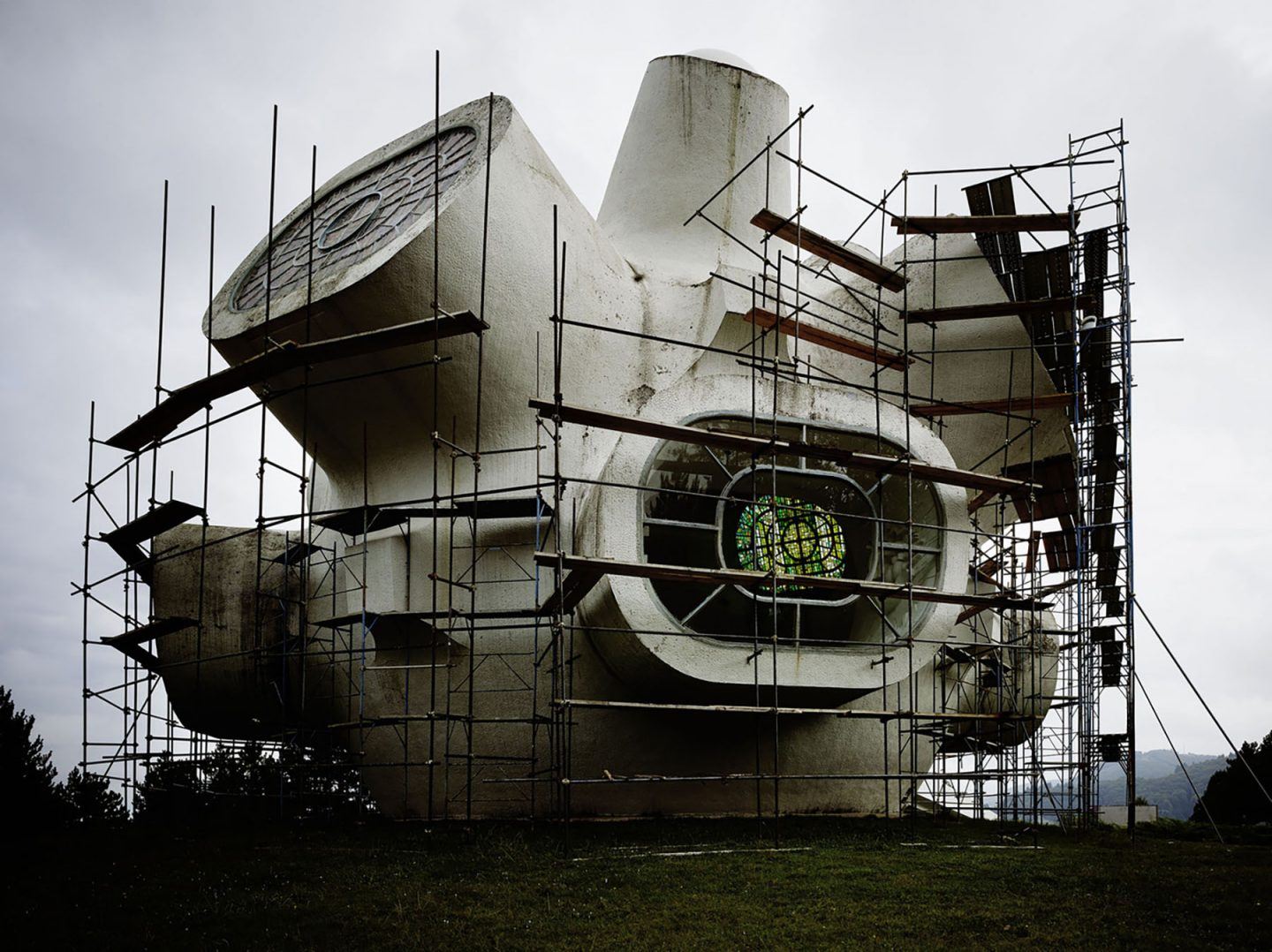
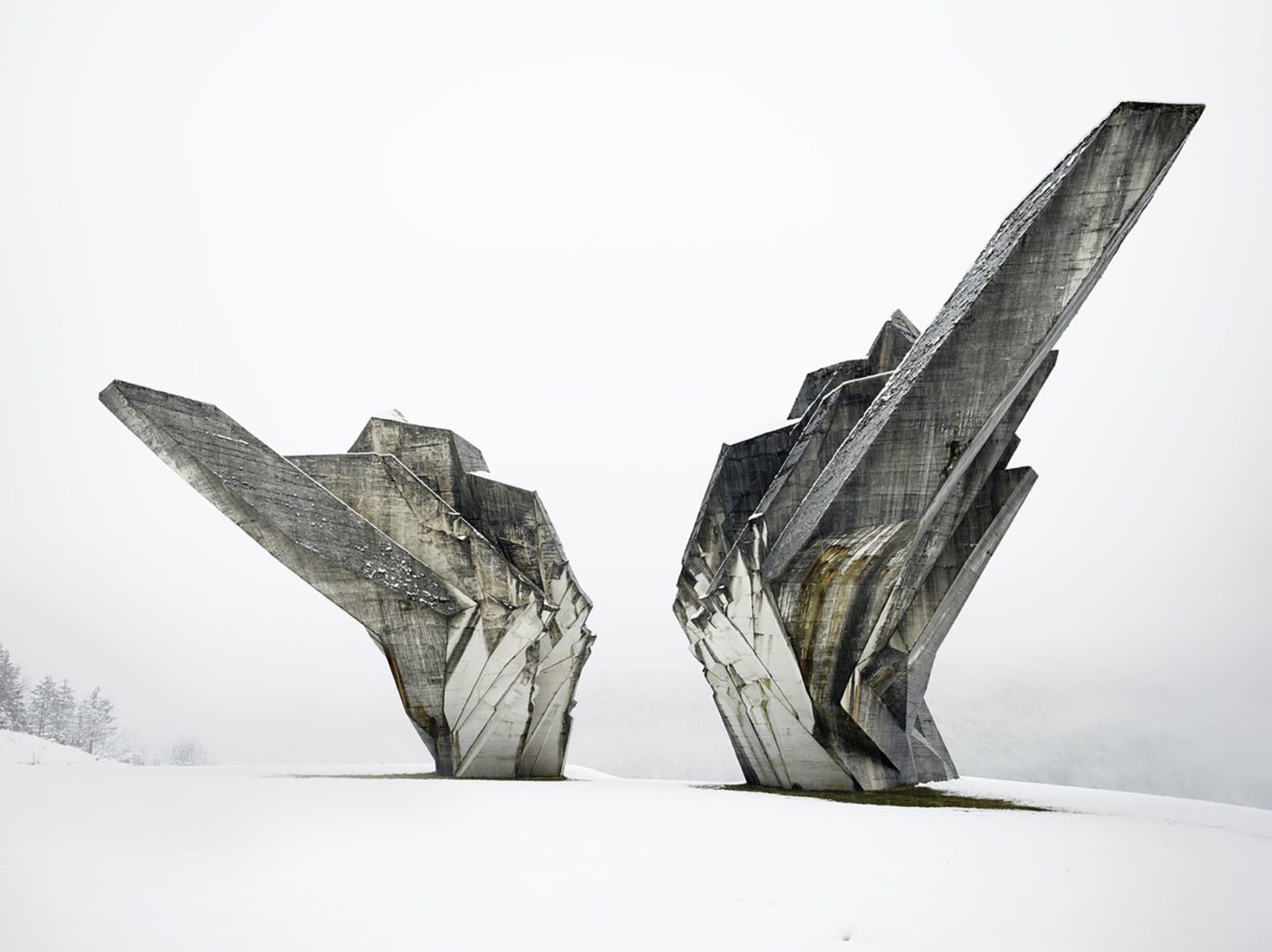
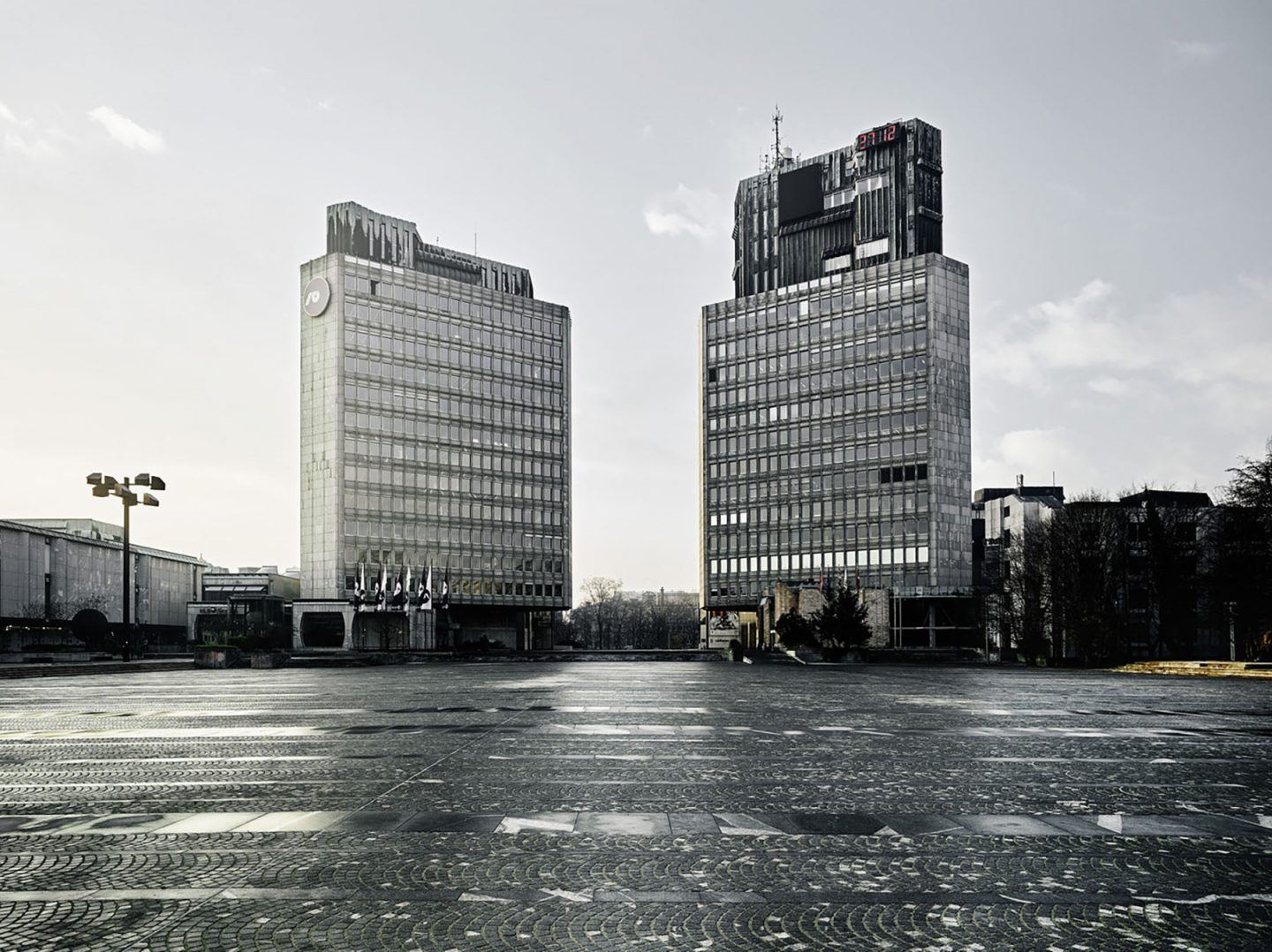
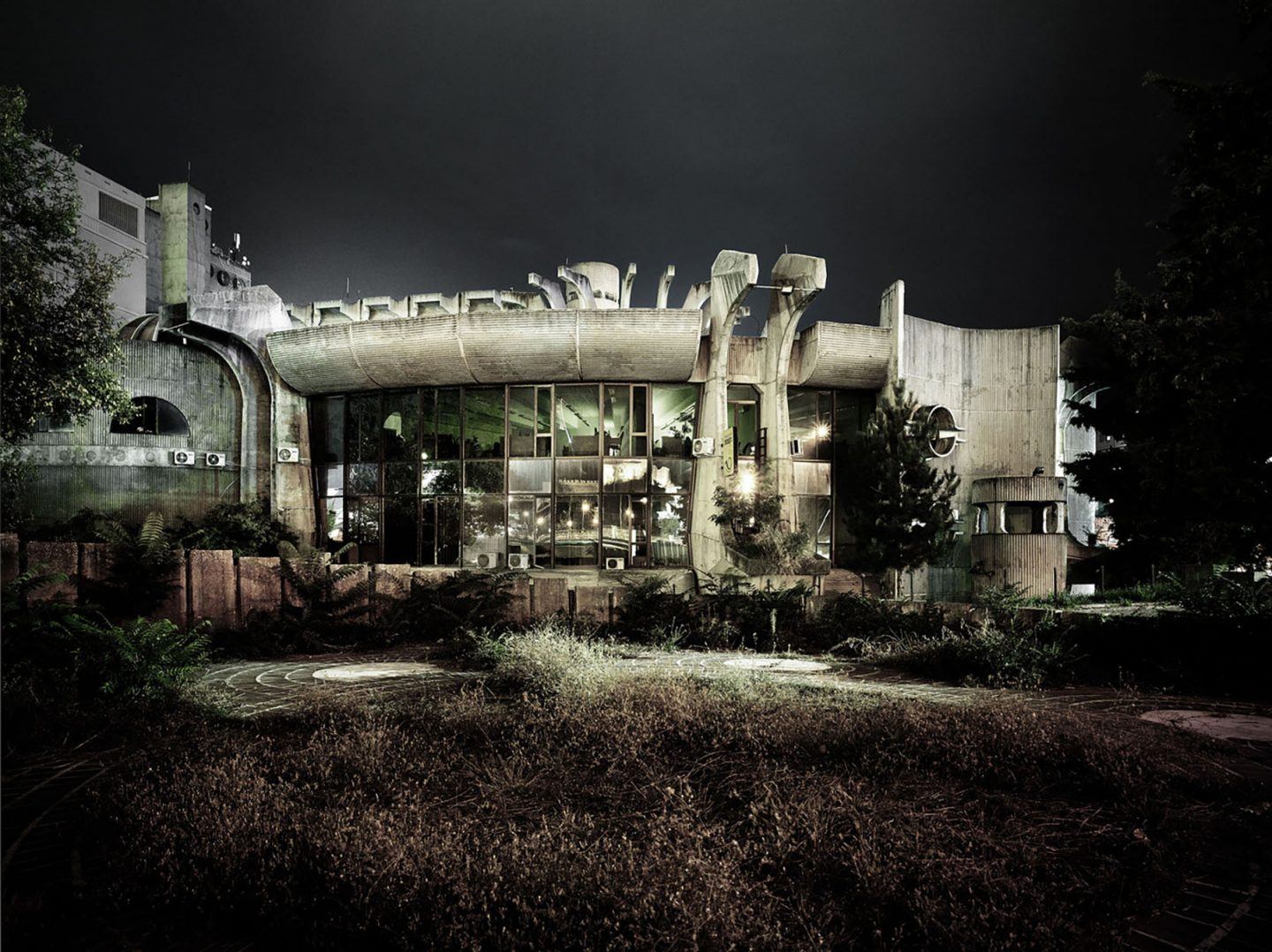
All images © MoMA
